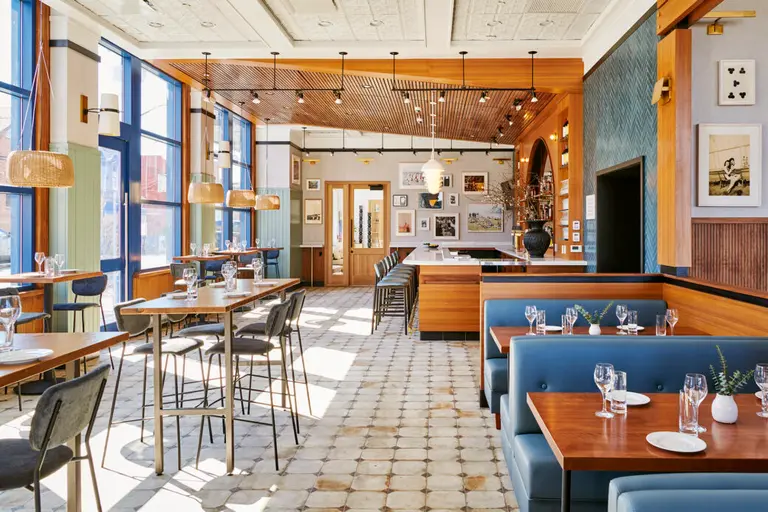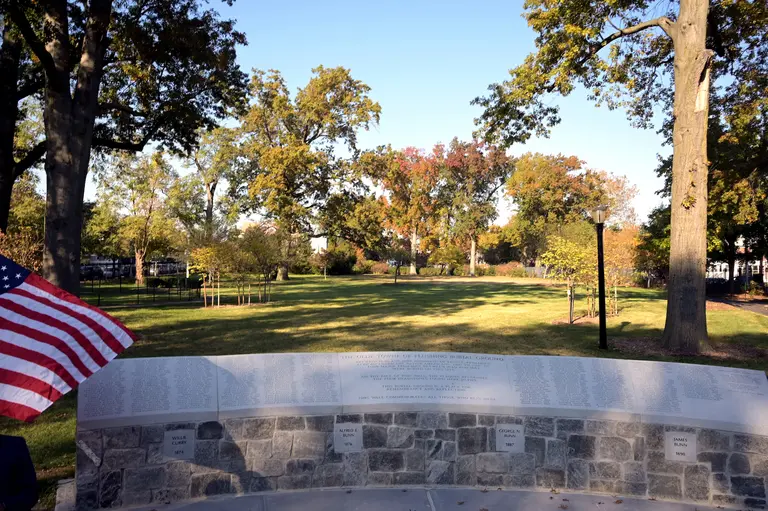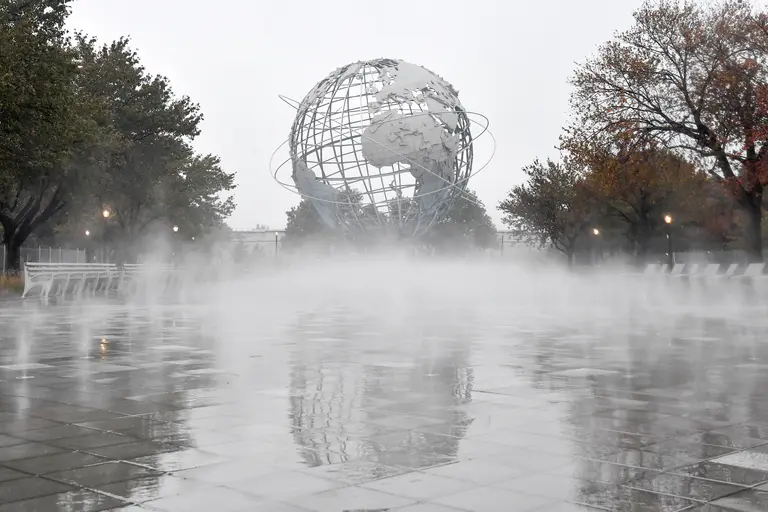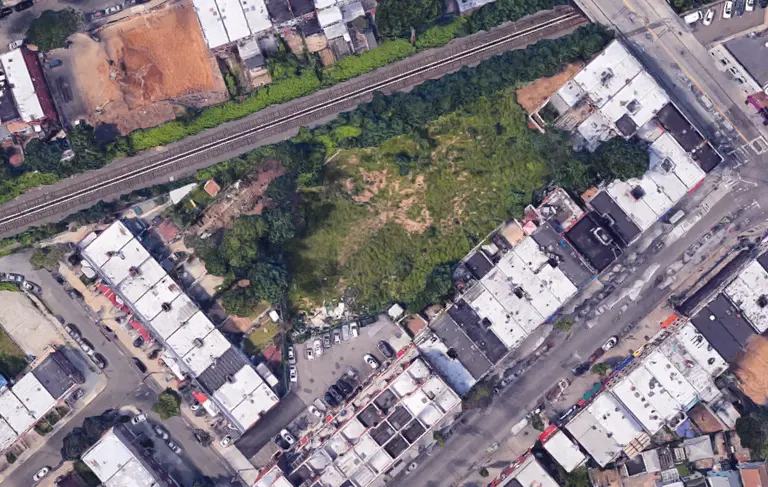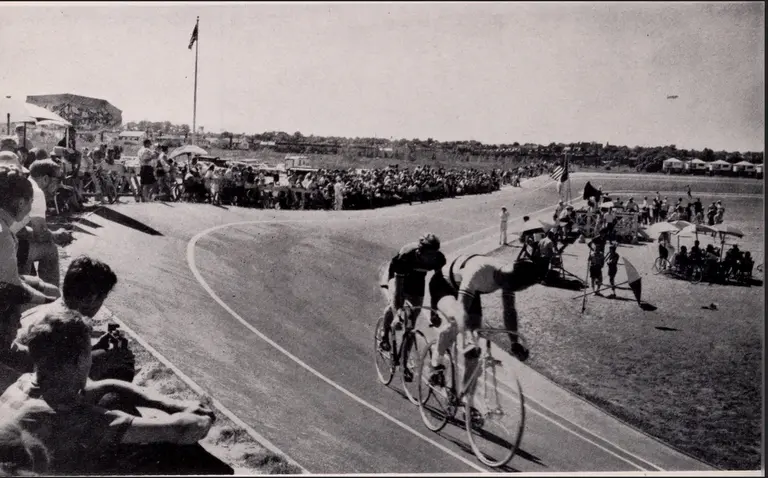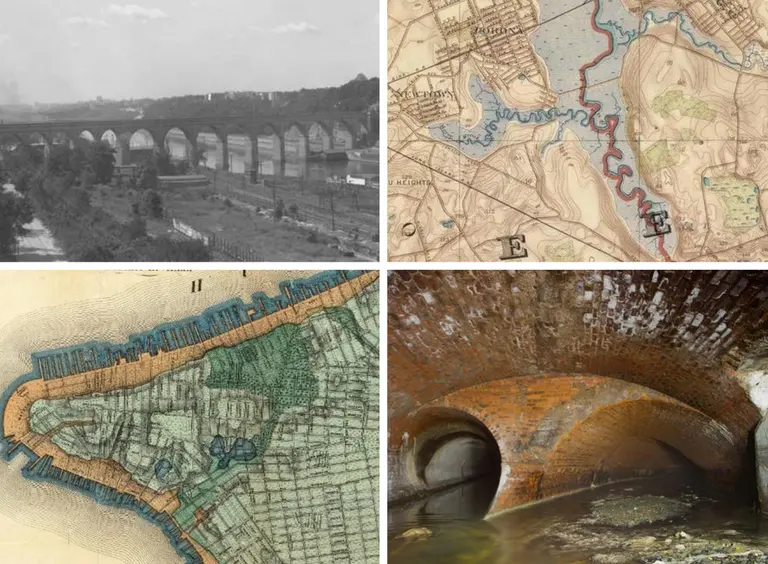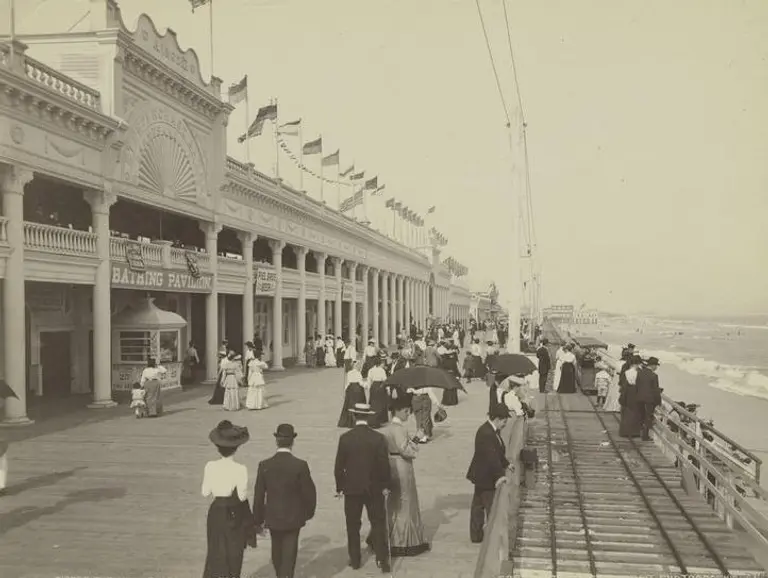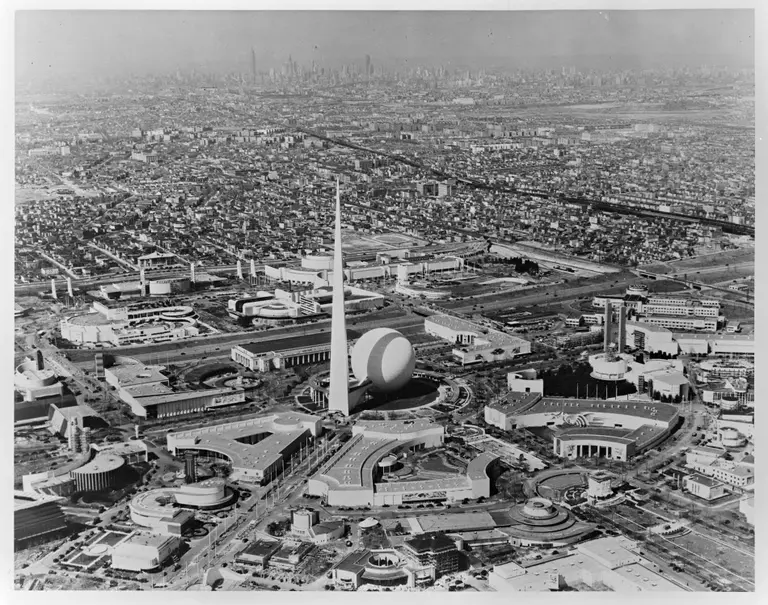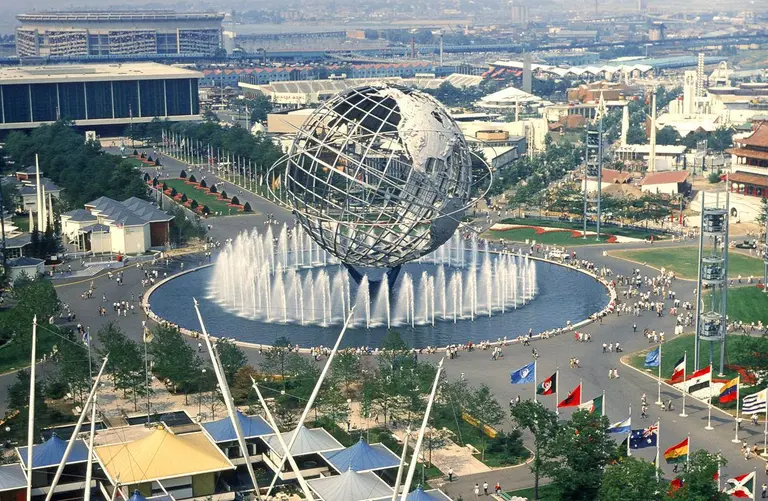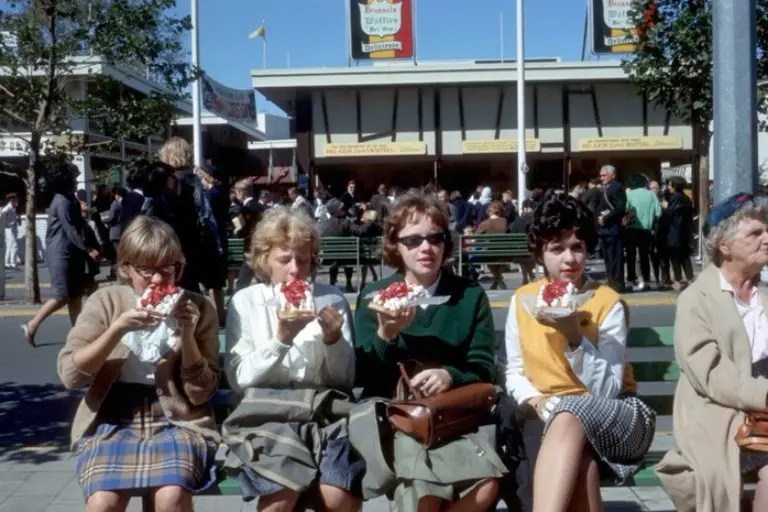Vintage photos look back on the futuristic 1964 New York World’s Fair in Queens

Two observation decks at the New York State Pavilion provided a 360-degree view of the World’s Fair. Image Source Attributed to NYC Parks’ Archived Collection
This year marks the 60th anniversary of the 1964-1965 New York World’s Fair in Flushing Meadows-Corona Park in Queens. Taking place just 25 years after the 1939 World’s Fair in the same location, the World’s Fair was the largest international exhibition ever constructed in the United States, with 140 pavilions representing 80 nations, 24 U.S. states, and more than 45 corporations across 656 acres. The event, which took place for two six-month seasons between April 1964 and October 1965, provided a sense of optimism for a country embroiled in unrest both at home and abroad. Led by “master-builder” Robert Moses, the fair embraced the Space Age era, which included a creative, futuristic aesthetic inspired by advancing technologies and innovative architecture. Ahead, explore the World’s Fair with historic photos and hear from World’s Fair expert, Bill Cotter, on the lasting legacy of the event in New York and beyond.
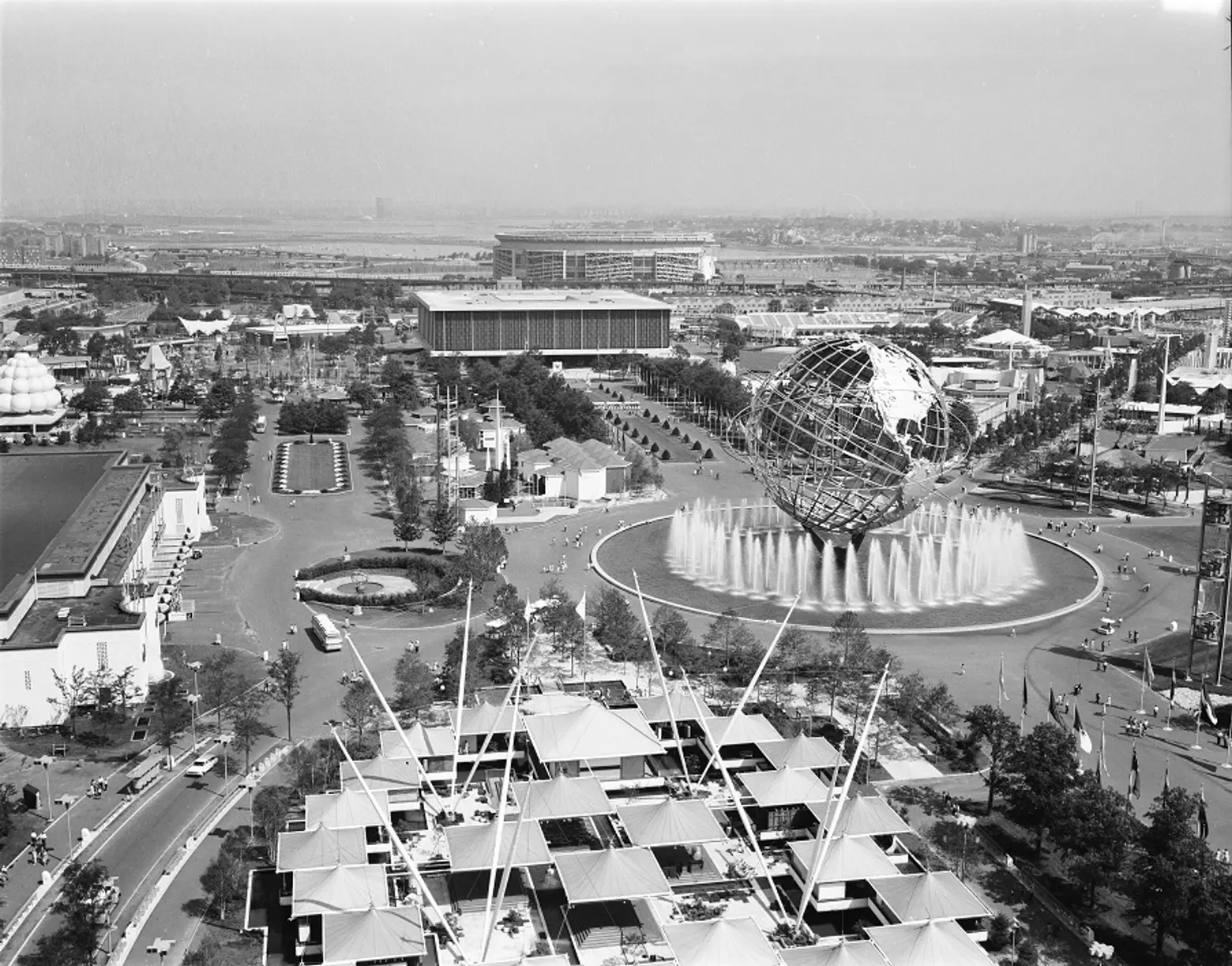
The World’s Fair was meant to symbolize an era of peace and progress with its theme of “Peace through Understanding,” during a looming threat of conflict during the Cold War, domestic upheaval, like the Civil Rights Movement, protests against the Vietnam War, and the assassination of President John F. Kennedy a year earlier, as NYC Parks notes. The fair aimed to foster unity not only among nations but among Americans as well.
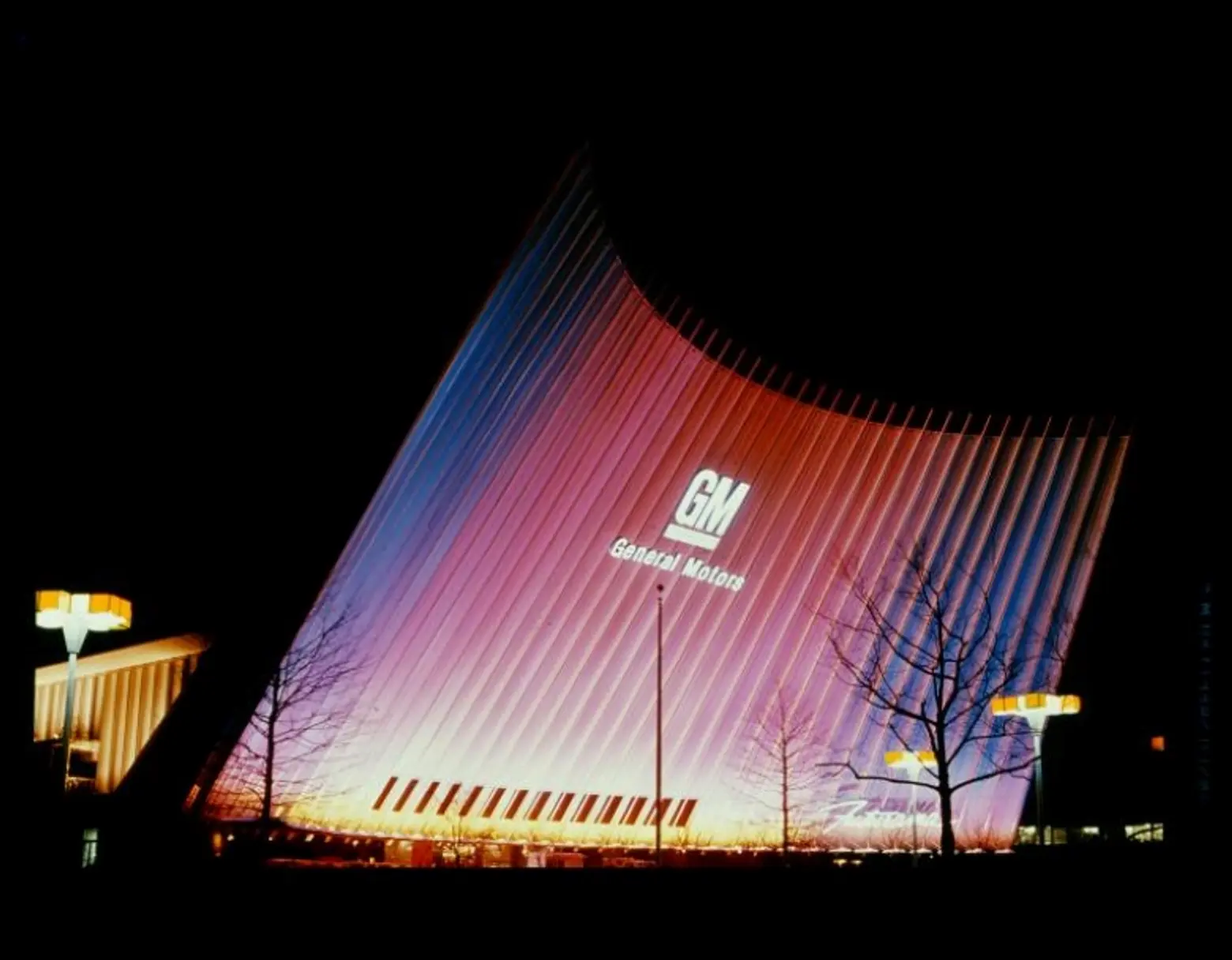

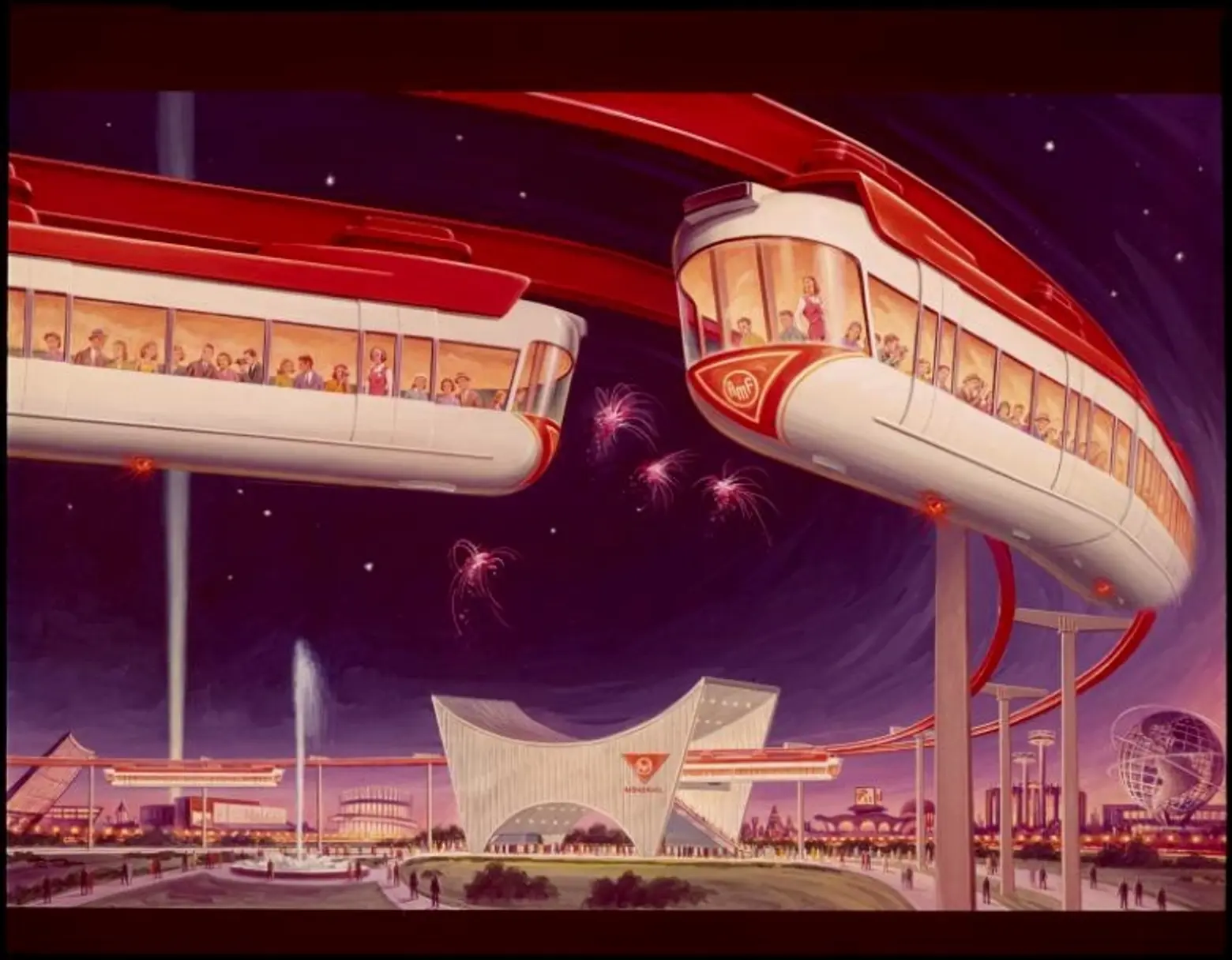
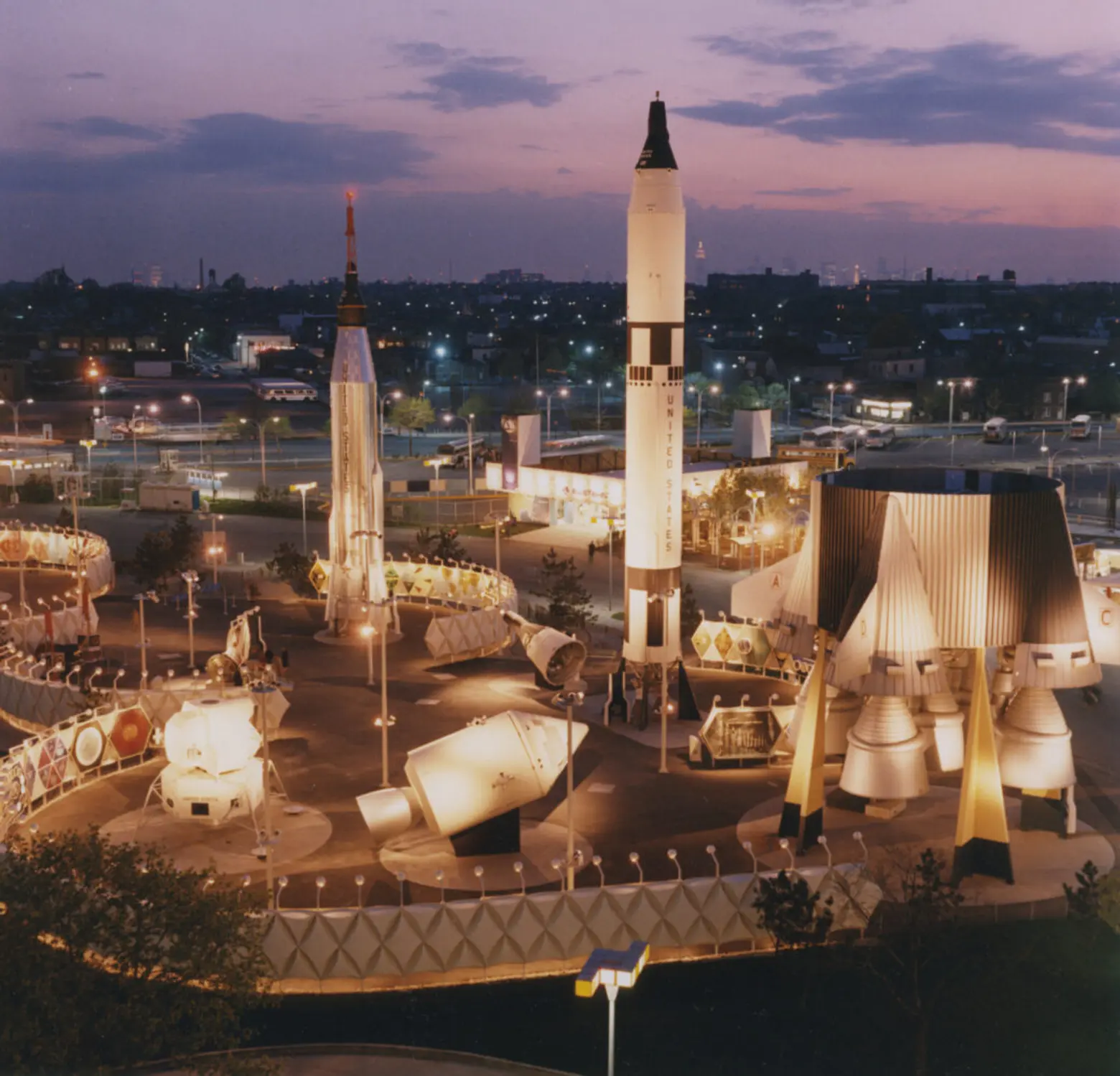
The event provided a major platform for American corporations to show off new innovations through exhibitions. Popular exhibits included the American Telephone and Telegraph Company’s models of the Picturephone, General Motors “Futurama II,” which depicted the world in 2064, IBM’s 500-seat grandstand “People Wall,” the Ford Motor Company’s “Magic Skyway” ride, and Walt Disney’s “It’s a Small World” exhibit at the Pepsi-Cola pavilion.
Interestingly, the 1964/1965 World’s Fair did not receive support or approval from the Bureau International des Expositions (BIE), which oversees the organization and execution of international exhibitions. Because the BIE did not sanction it, some historians and experts don’t consider the event an “official” World’s Fair.
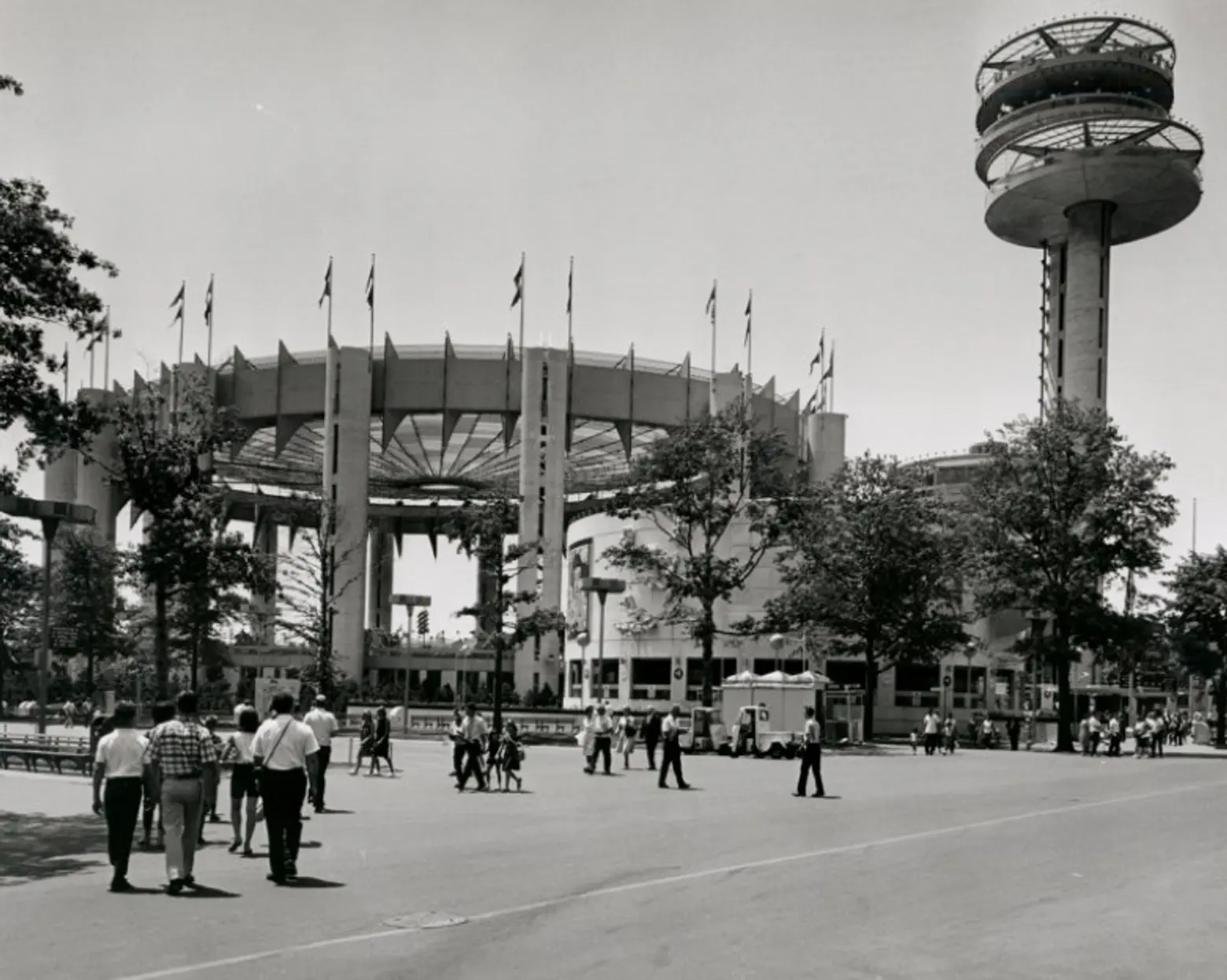

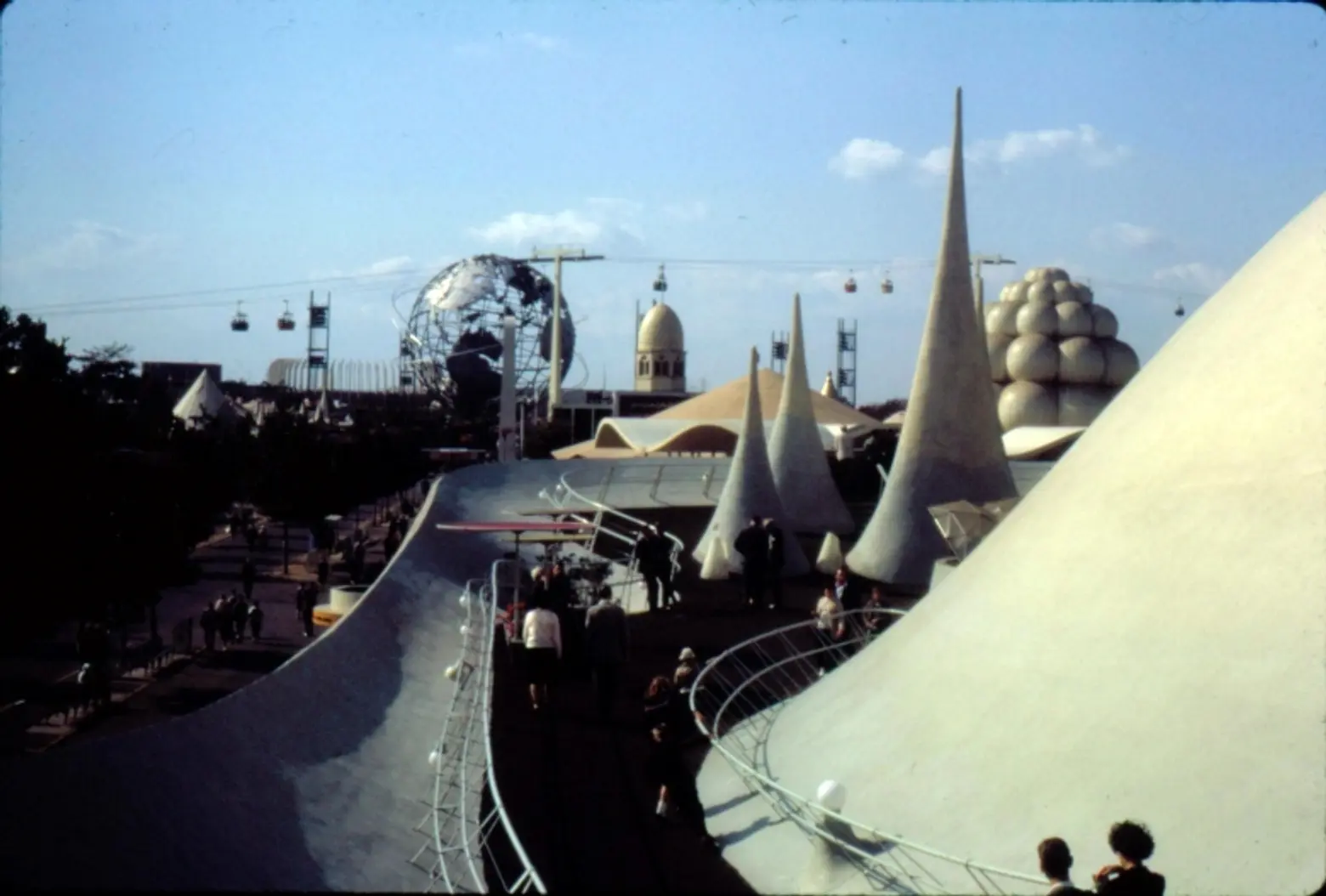
Although the 1964/65 World’s Fair did feature representatives from other countries, its exclusion of support from the BIE significantly limited the capabilities of the fair’s promoters. Many nations, including Canada, Australia, Great Britain, Italy, and Germany, weren’t present at the event, according to fair expert and author Bill Young.
The Fair featured two architectural centerpieces: the Unisphere and the New York State Pavilion. The Unisphere is a 140-foot-tall stainless steel globe dedicated to “Man’s Achievements on a Shrinking Globe in an Expanding Universe,” further embodying the Fair’s theme, according to Landmarks Preservation Commission records.
The New York State Pavilion is a three-part structure featuring observation decks, the “Tent of Tomorrow,” a large, elliptical space set beneath what was once the largest cable suspension roof in the world, and Theaterama, which hosted pop art by artists Andy Warhol and Roy Lichtenstein and 360-degree films about the wonders of New York State, according to NYC Parks. The building is currently home to the Queens Theatre.
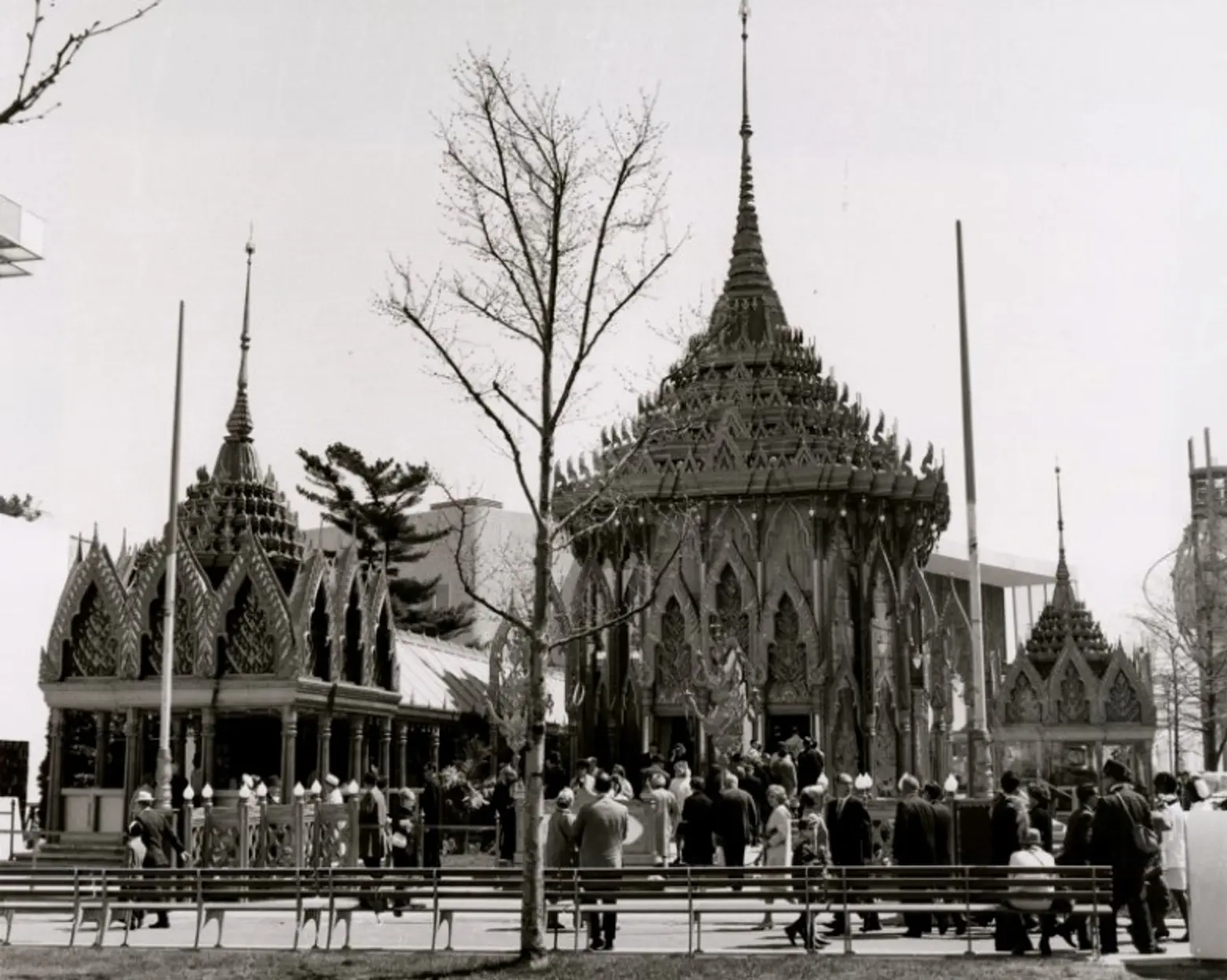
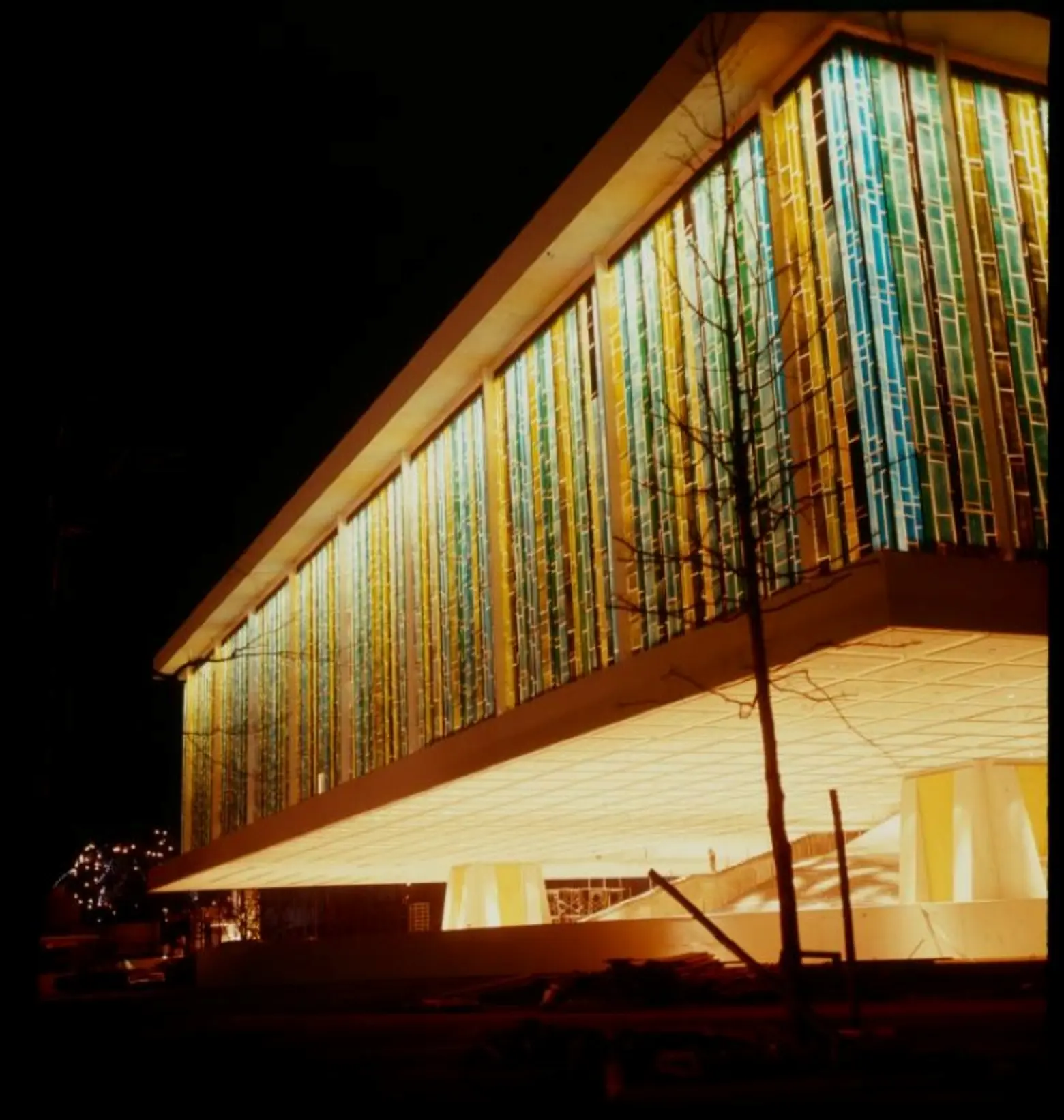
The more than 51 million people who attended the 1964-165 Fair were exposed to new cultures, introduced to new groundbreaking technologies, and gave them a momentary break from the turmoil of the times.
To gain deeper insights into the 1964/65 World’s Fair, 6sqft spoke with Bill Cotter, a distinguished expert on World’s Fairs. His website offers in-depth backgrounds on numerous international exhibitions, as well as photos and documents. Cotter has also authored numerous books covering the 1964/65 World’s Fair, which dive deep into how the fair was conceptualized, constructed, and eventually demolished.
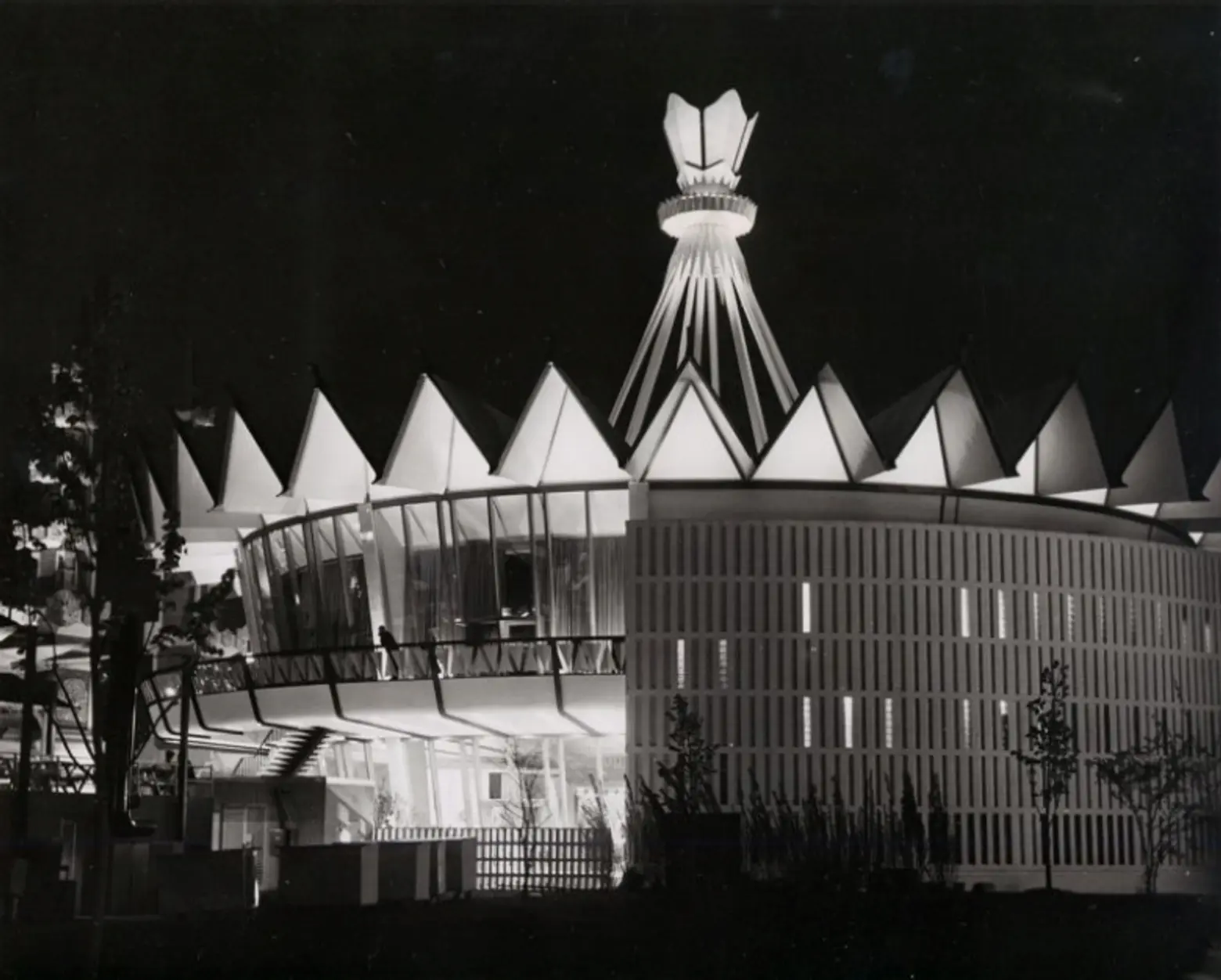
How has the 1964-1965 Fair’s legacy endured over the past six decades, and has it inspired any current events or initiatives?
Well, for many of the younger generation they are blissfully unaware of the Fair—or world’s fairs in general. For those that were there, though, many of the predicted advances in technology have come through—maybe in different forms, like the Picture Phone becoming Facetime. But a lot of what we were promised is here or coming soon. Self-driving cars for one, Flat screen TVs. Home computers. Online shopping. Readily accessible databases. I don’t think we see any big colony on the moon for a while, but the forecasters back then got more right than they got wrong.
In what ways did the Fair contribute to the cultural exchange and understanding between countries, especially during the Cold War?
The 64-65 Fair did suffer from a lack of international exhibits due to the disagreement with the Bureau International des Expositions (BIE), but those that did come got a lot of attention from the crowds. One big plus was Africa—so many of the countries had just escaped the yoke of colonialism and were able to showcase their offerings for industry and tourism. The Cold War was pretty much left unmentioned, except in the Berlin pavilion for sure, but I think the overall positive aspect of the exhibits throughout the Fair made one look towards tomorrow and not worry as much about the then-current “today”—it sure took my mind off things like missiles in Cuba!
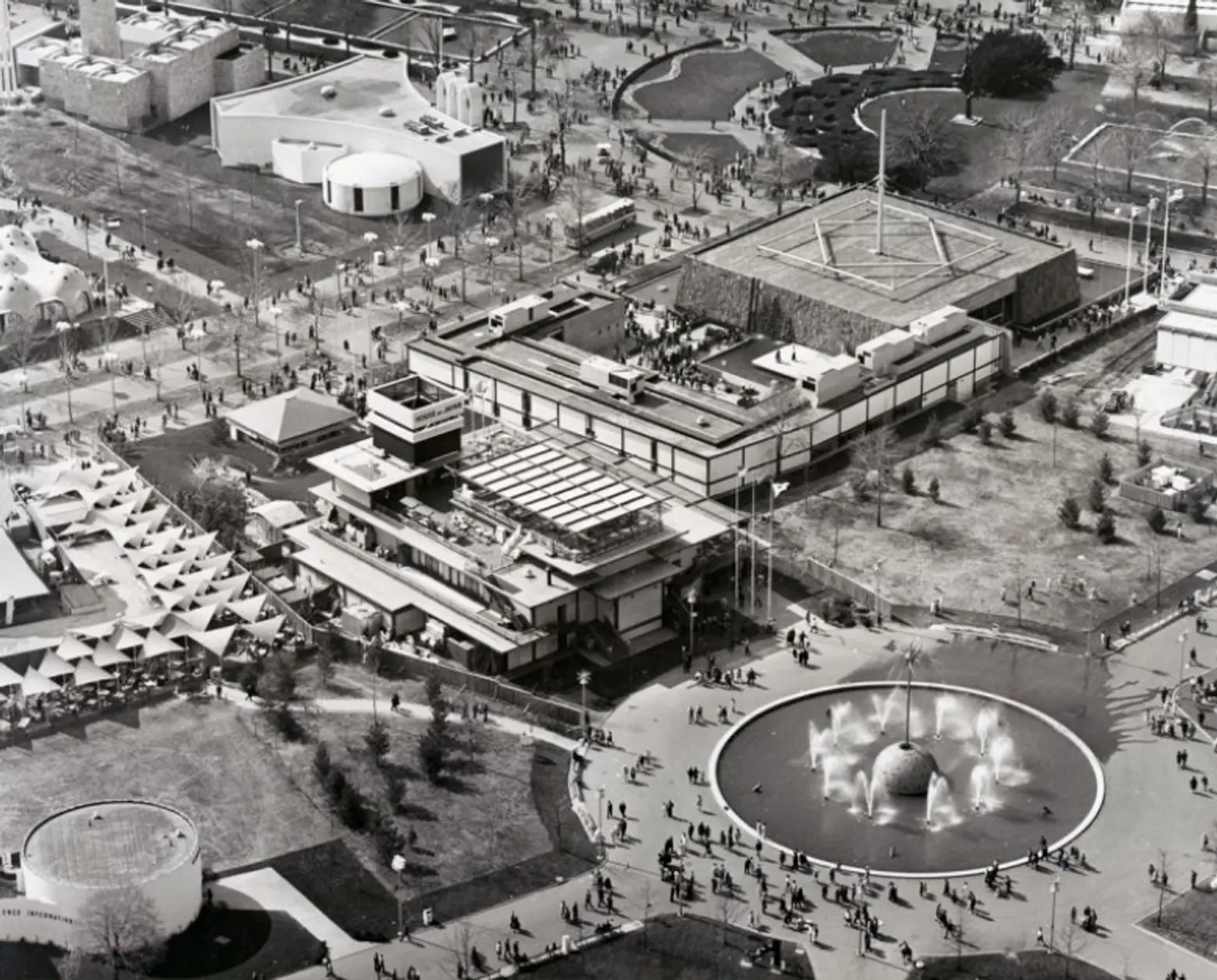
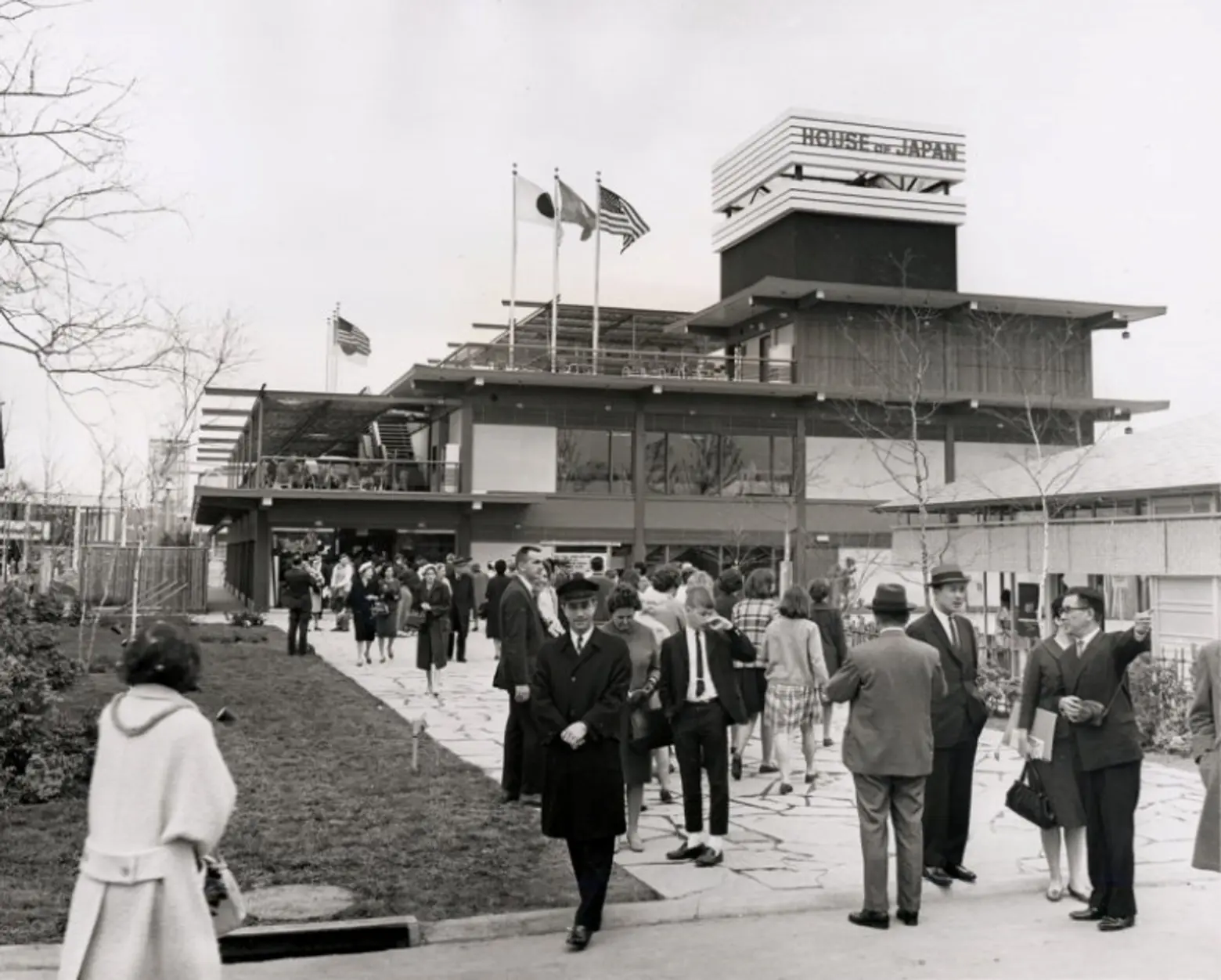
What are some lessons we can learn from the 1964/65 World’s Fair in terms of putting together large-scale international events?
For one make sure you follow the BIE rules so other nations can participate! That was a huge mistake for NY. I do believe lessons were also learned about the need to advertise overseas. You just can’t build something and assume word will get out and cause people to race to see it. Yes, most of your guests will be fairly local, but you need to reach out to the distant folks to get them interested. You also need to make sure local hotels will not gouge them, something Montreal tried to deal with but not without some major pains.
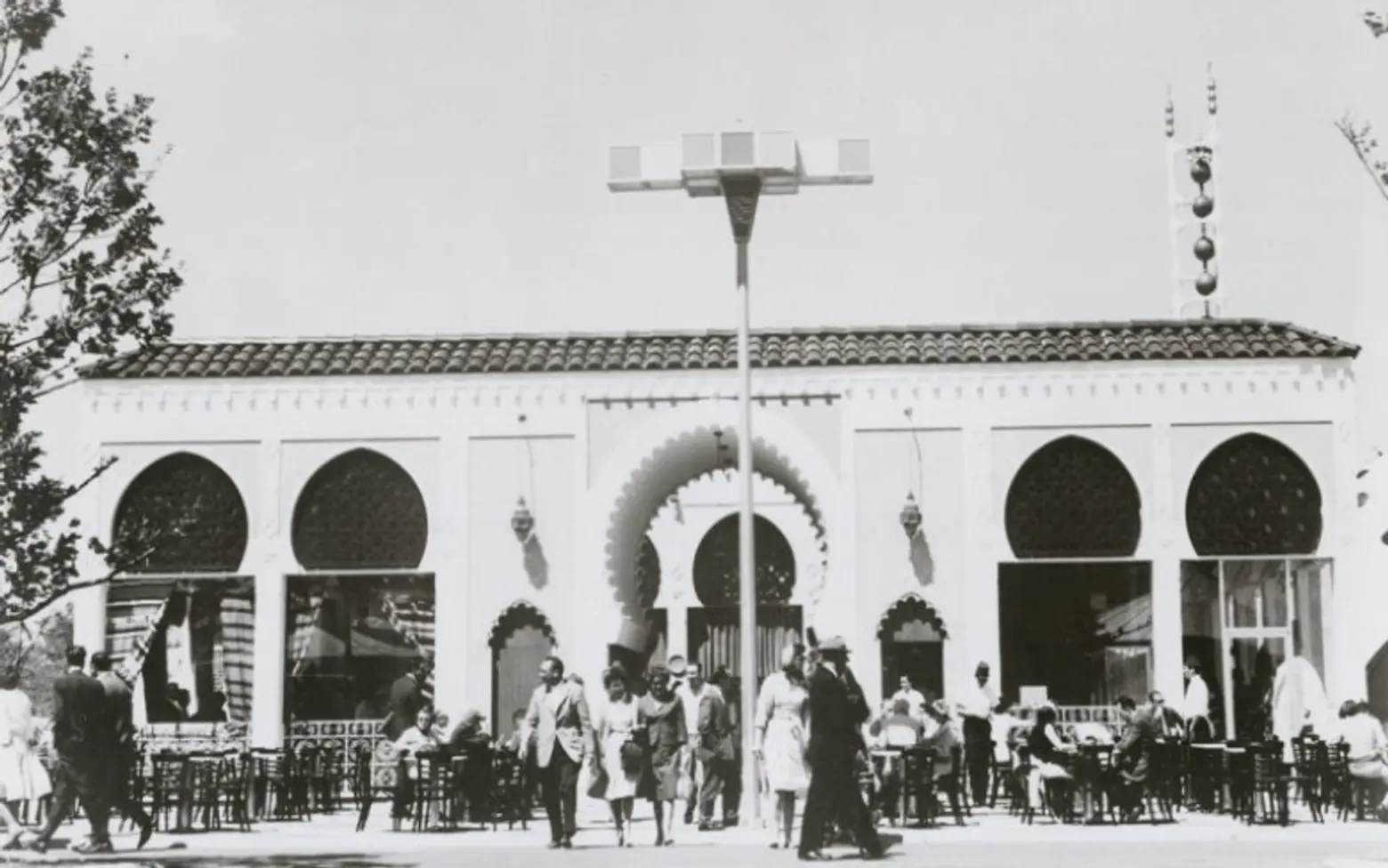
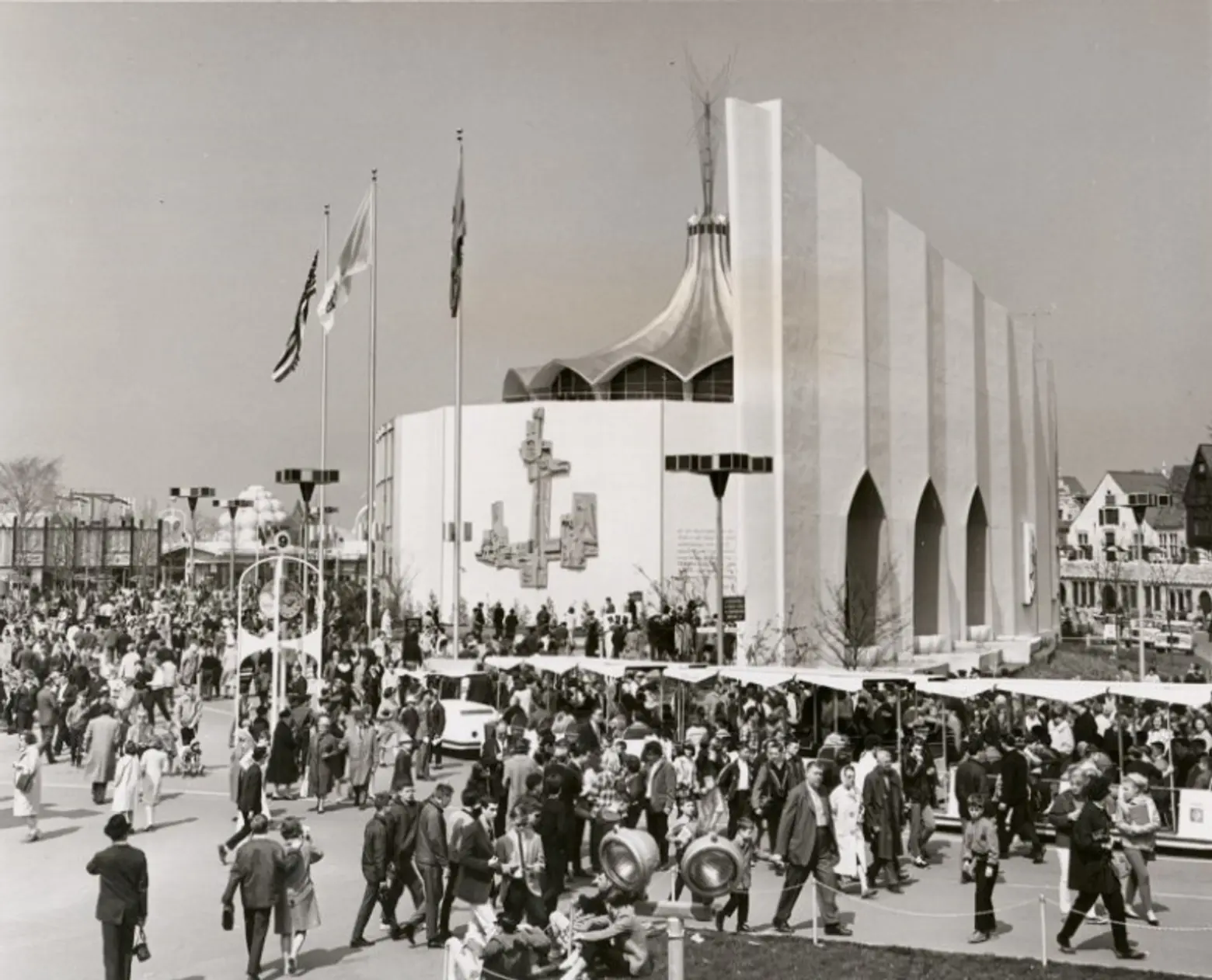
How did the 1964/65 World’s Fair impact the design and architecture of future international exhibitions?
A lot of people realized the days—and budgets—of super grandiose pavilions slated for demolition just after being built have gone. Many fairs have gone with modular design buildings that can be much clearer and easier to erect, and in many cases then disassembled and re-used elsewhere. Newer fairs are much more conscious of the negative image associated with the building/demolition aspect, so more buildings are being designed with re-use in mind.
Editor’s note: Neither the City of New York or NYC Parks has endorsed, sponsored or are in any manner connected with Licensee’s Published Materials.
RELATED:


